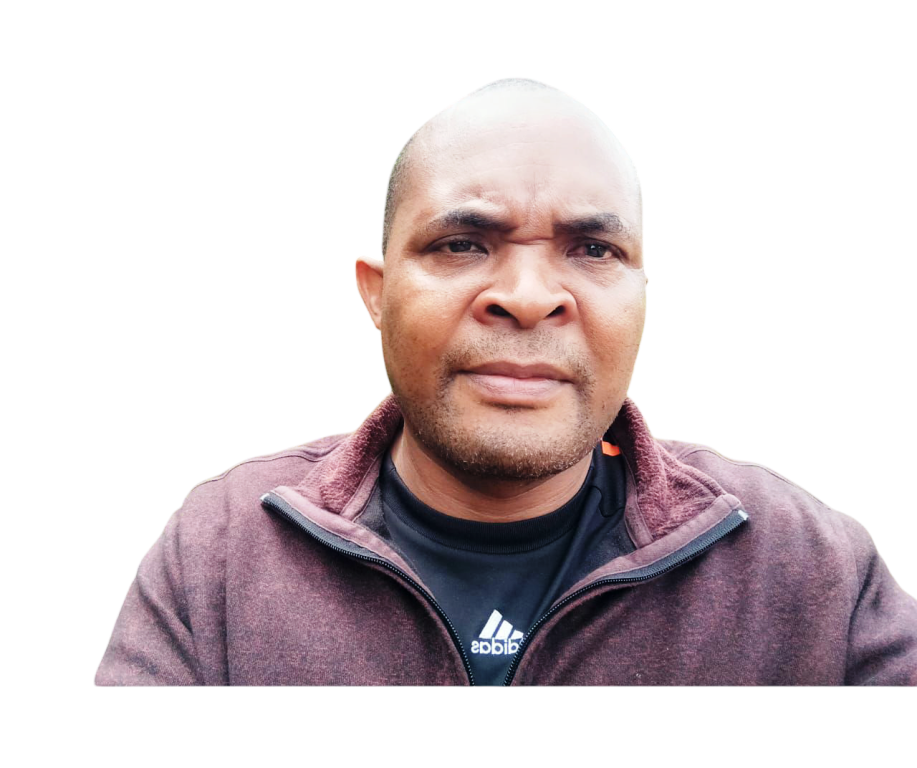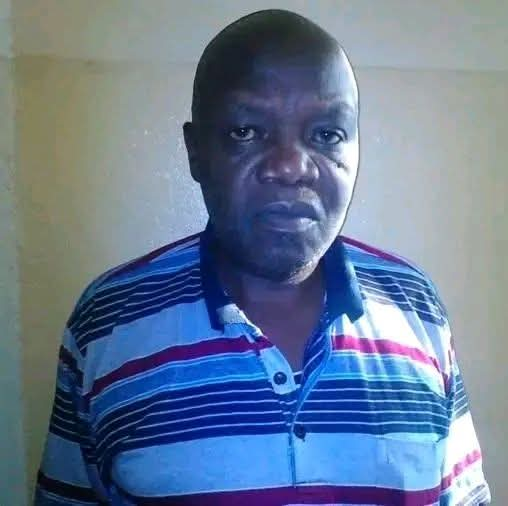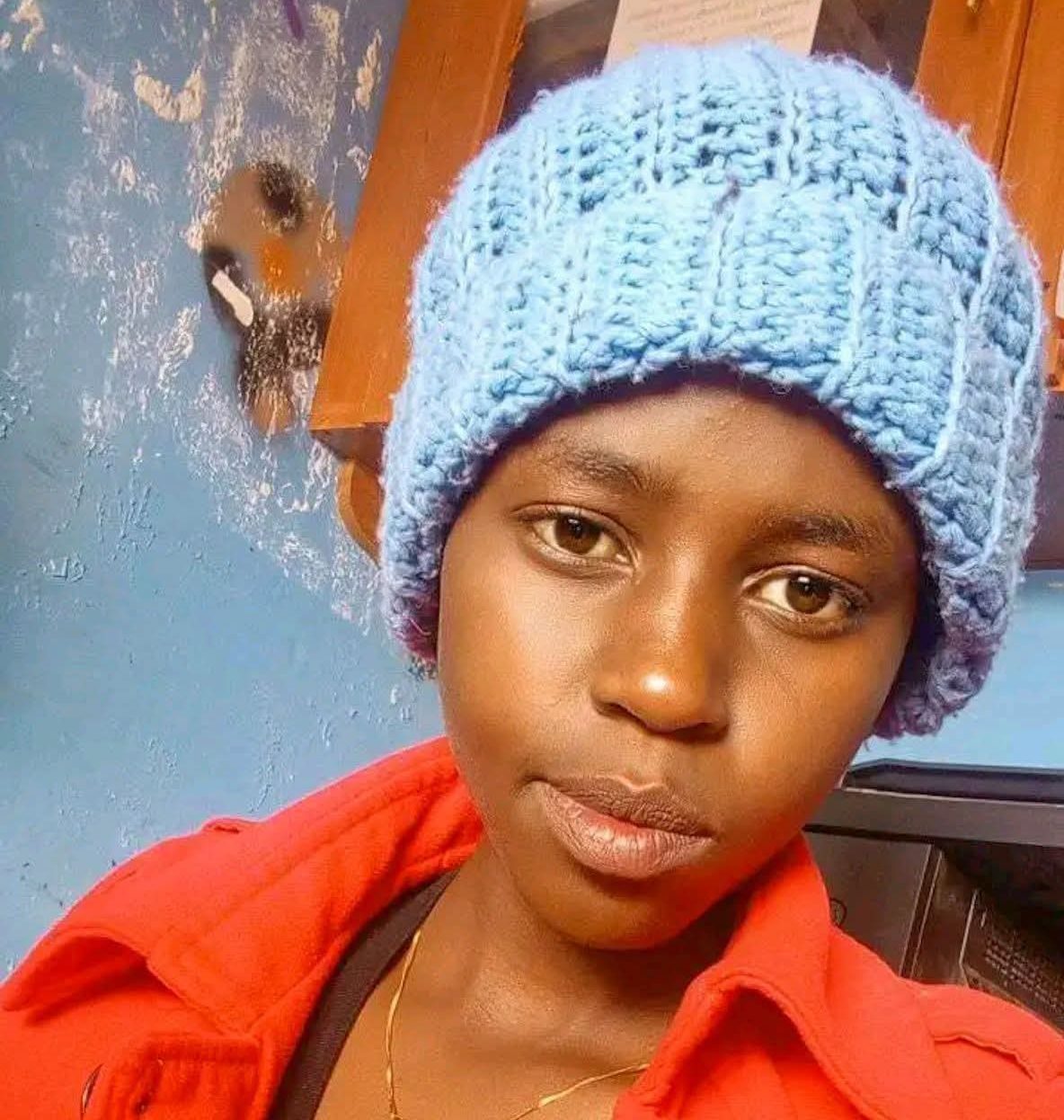Syllabus coverage remains one of the most critical tasks in the academic journey of candidate classes. From Grade 6 preparing for KPSEA, Grade 9 facing KJSEA, to Form 4 students gearing up for KCSE, the effectiveness with which the curriculum is delivered can spell the difference between success and mediocrity.
Traditional models of syllabus coverage have often focused on rushed teaching and drill practices, but as the education landscape evolves, so must our strategies. Innovation in curriculum delivery is no longer a luxury; it is an academic necessity. The following approaches offer practical, tested, and transformative ways to cover the syllabus effectively across the key examination classes.
To begin with, differentiated instruction is proving to be a game changer. Learners in candidate classes do not operate at the same level of understanding or speed. Teachers who incorporate tiered assignments, flexible grouping, and scaffolding strategies address individual learning gaps more effectively. For instance, in a Grade 9 Science class, learners may be grouped into those who need basic concept reinforcement, those who require extended tasks, and those who thrive on challenging, research-based assignments. This not only speeds up coverage but deepens understanding.
Timetable restructuring is another underutilized innovation. Schools must adopt a flexible timetable that prioritizes examinable subjects and accommodates subject intensity. It is no longer feasible to allocate equal time to all subjects throughout the year. Candidate classes need subject-heavy days with longer, double lessons for practical-based or content-intensive subjects like Biology, Mathematics, or Kiswahili. Equally, integrating weekend and holiday academic programs – strategically and not punitively – can expand syllabus coverage time without overloading students.
ALSO READ:
Disrespect of teachers reflects TSC culture of rewarding MPs with teachers’ employment letters
Another effective approach is the use of flipped classrooms. In this model, learners are introduced to new topics outside of class—through videos, handouts, or digital slides—then use classroom time for discussions, clarifications, and deeper engagement. This strategy transforms passive learning into active learning. A Form 4 Literature teacher, for example, can assign students to watch a video on The Pearl or read a thematic analysis before class. When they meet in person, the lesson focuses on character interrogation, essay writing, and KCSE-style question drills.
The integration of technology cannot be overemphasized. Tools like Google Classroom, WhatsApp study groups, YouTube lessons, and educational apps like MwalimuPLUS or eLimu provide access to supplementary materials and revision resources. Schools and teachers must make intentional investments in digital literacy, even in low-tech environments. Grade 6 learners, for instance, can practice KPSEA questions through mobile-friendly quizzes while Form 4 candidates can watch curated subject videos for KCSE revision. These platforms also help monitor learner progress, reducing the time teachers spend on routine assessments.
Peer teaching is another powerful and underexploited technique. Every class has students who are academically gifted and those who struggle. Structured peer teaching programs create academic mentorship within the classroom, allowing learners to explain concepts to each other in ways they understand best. A Grade 9 candidate who is proficient in Mathematics can be assigned to guide others during remedial sessions, freeing the teacher to focus on learners who need more support. Peer teaching boosts syllabus coverage because it increases contact hours with the content without exhausting the teacher.
ALSO READ:
KNUT, KUPPET demand apology from MP Shabbir over teacher humiliation
Project-based learning is particularly suitable for junior secondary and upper primary classes. By anchoring syllabus content in real-life applications, learners develop mastery while still engaging with the curriculum.
In Grade 6 and 9, projects aligned with KPSEA and KJSEA strands can tackle multiple learning outcomes at once, reducing the burden of topic-by-topic teaching. A science project on environmental conservation, for instance, can touch on research skills, data analysis, reporting, and communication – all within syllabus expectations.
Another crucial innovation is continuous assessment integration. Instead of treating assessment as an afterthought or terminal event, teachers should embed formative and summative assessments within each teaching week. This strategy ensures that every week contributes to content retention, concept reinforcement, and syllabus progress tracking. Teachers should avoid postponing tests and instead employ weekly quizzes, mini-mocks, and oral drills. For KPSEA and KCSE candidates, early and frequent exposure to the exam format also reduces anxiety and boosts preparedness.
Teacher collaboration is also essential. Subject teachers must work as a team rather than in isolation. This can take the form of team teaching, joint lesson planning, and shared revision resources. For example, two English teachers handling different candidate streams can plan together and align their pace, share best practices, and standardize coverage. Schools should encourage interdepartmental collaboration, particularly in cross-cutting areas like study skills, discipline, and time management, which impact syllabus delivery indirectly but significantly.
ALSO READ:
KNUT, KUPPET demand apology from MP Shabbir over teacher humiliation
Lastly, learners must be trained in academic ownership. Candidate students need to be more than passive recipients of syllabus content—they must be active participants. Study plans, target setting, and reflective journals are some of the tools that can be used to instill discipline and personal responsibility. A Form 4 student who tracks syllabus completion through a personal planner becomes more accountable. Similarly, a Grade 6 candidate who understands what is expected in each strand can study more efficiently.
In sum, effective syllabus coverage for candidate classes demands intentional, adaptive, and learner-centered innovation. Whether it is by embracing technology, adopting flexible timetables, or strengthening peer and teacher collaboration, the goal is clear: to prepare students not just to sit for examinations, but to excel in them. With the right blend of creativity, commitment, and strategy, teachers can transform the syllabus from a burden into a bridge to excellence.
By Ashford Gikunda
Ashford teaches English and Literature in Gatundu North Sub County
You can also follow our social media pages on Twitter: Education News KE and Facebook: Education News Newspaper for timely updates.
>>> Click here to stay up-to-date with trending regional stories
>>> Click here to read more informed opinions on the country’s education landscape






